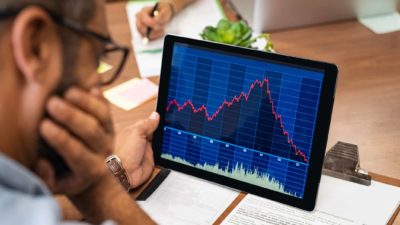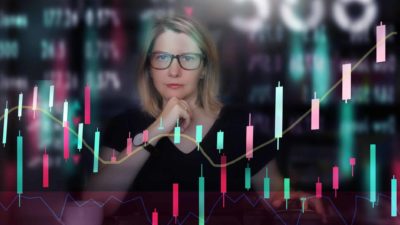Many Aussies might be wondering when their superannuation will recover from the coronavirus pandemic. COVID-19 fears have sparked a government shutdown and hammered a number of shares on the S&P/ASX 200 Index (ASX: XJO) lower in March.
You may not know it, but most super allocations will have a large exposure to Aussie equities. That means the ASX 200 shares in your super have likely sent your super balance tumbling lower. So, how should you deal with the market correction, and when can you expect your superannuation to recover?
When will your superannuation recover?
The coronavirus looks to have been the trigger for a likely recession. A recession is 2 consecutive quarters of negative GDP growth, so we won't actually know if we're in a recession until June at the earliest. However, given the extraordinary drop-off in demand due to the pandemic, I suspect that's where we're headed.
One thing that's worth noting is the United States' role in the global economy. Even if Australia can mitigate the virus' impact here, the US makes up a significant portion of the world's consumption. That means ASX 200 shares could continue to fall lower and push back the time it takes for your superannuation to recover.
While we may not know exactly when your retirement funds will bounce back, it's important not to panic. The only way you actually lose money is by selling at the bottom. By crystallising your losses, it means you could miss out on the inevitable rebound when markets do bounce back.
Where should you invest your super?
Everyone's risk tolerance will change based on a number of factors. However, while you wait for your superannuation to recover in 2020, I would suggest not making any major changes.
Any asset allocation changes will mean buying and selling out of different securities. So sticking with a well thought out investment strategy is the best way to approach investing right now.
If you've got a self-managed super fund, you might want to look at ASX dividend shares like Telstra Corporation Ltd (ASX: TLS) to boost your portfolio income when your superannuation does recover.








